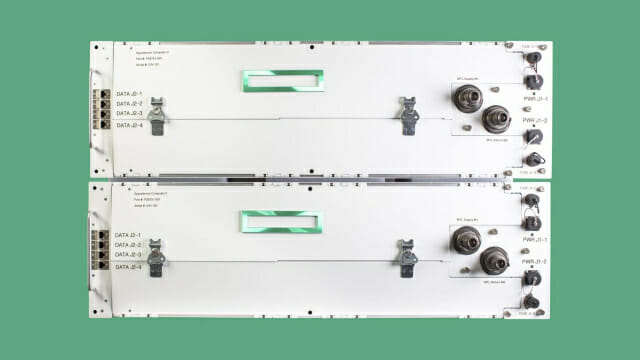Built on a commercial server base, it is the third version of the HPE Spaceborne computer to be sent into space, aboard SpaceX’s Falcon 9 launch vehicle.
The first HPE SuperViron computer was sent to the space station in 2017. It returned to Earth two years later. In 2021, a second version was launched into space and therefore upgraded for a third mission.
The goal of the HPE Spaceborne Computer-2 is to provide high-performance computing capabilities for AI and other tasks in space.
130 TB of flash storage
The latest HPE Spaceborne Computer is based on HPE EdgeLine and HPE ProLiant servers, with over 130TB of KIOXIA flash storage. This is the largest amount of storage ever launched to the space station for a single mission.
This storage detail includes four 960 GB Value RM Series SAS drives, eight 1224 GB NVMe XG Series drives, and four 30.72 TB SAS PM6 Enterprise SSDs. new types of applications and to conduct research with larger datasets from the ISS laboratory.
Upon arrival at the space station, the health and status of the system will be monitored daily to ensure it is performing well in the extreme environment of space.

Federated learning in space
Architecture-wise, the supercomputer evaluates data in near real time in low Earth orbit, and only the results of data analyzes can be sent to Earth, reducing download sizes by a factor of 30,000.
HPE Spaceborne Computer-2 will conduct federated learning experiments on the space station, which can independently train inference engines or ML models created upstream in the cloud. The experiment will be carried out in collaboration with cloud computing providers.
Source: “ZDNet Korea”
